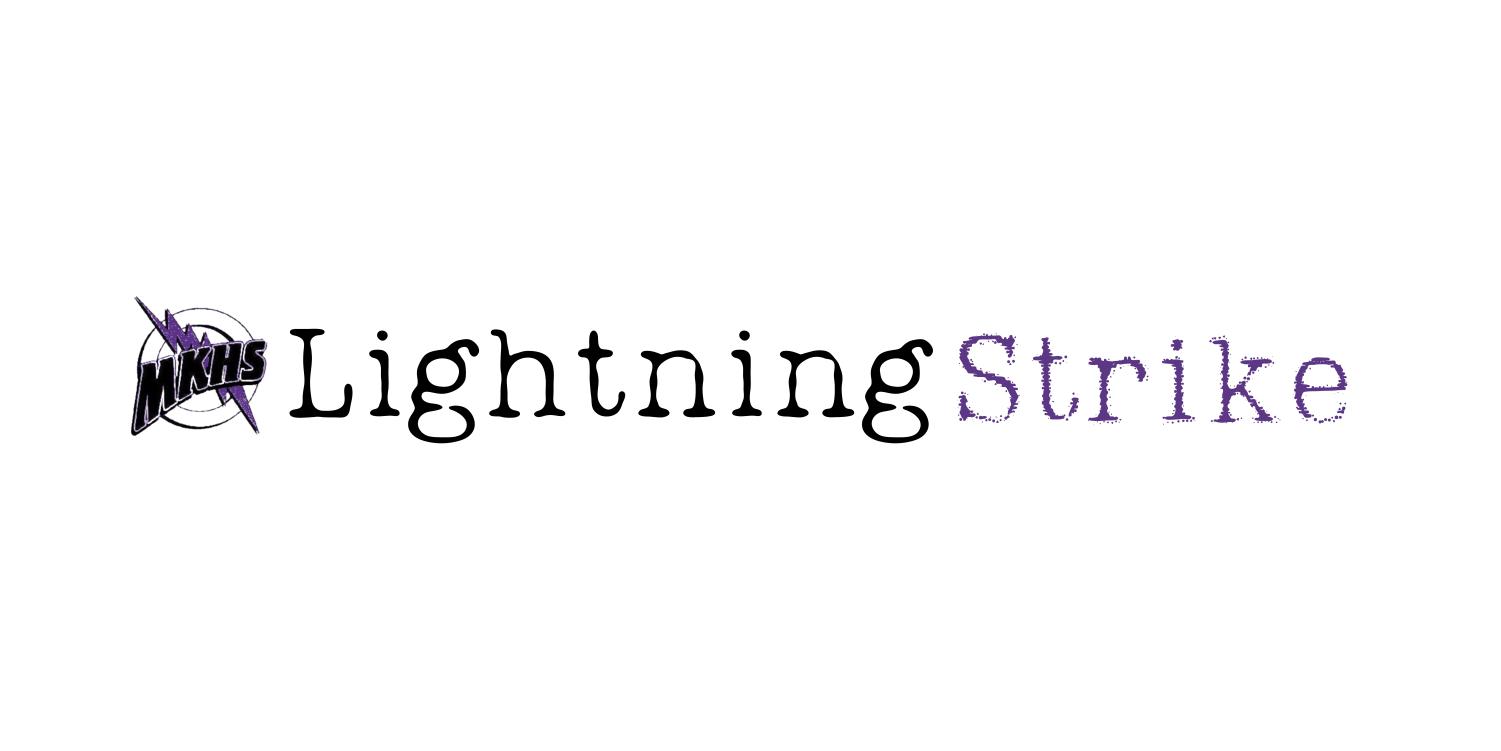Advanced Problems
With a school as diverse as Krop, you would expect the Advanced Placement (AP) classes to reflect the various demographics represented throughout the student body. Sadly, this is not the case.
According to US News, Krop’s demographics consist of 18 percent white (non-Hispanic) students, 43 percent Hispanic and 36 percent Black. Yet out of the 600 students taking at least one AP class, only 19 percent is Black, and 7 percent is comprised of Hispanic, multiracial, Asian and Pacific Islander students.
While Krop attempts to remain a campus prioritizing inclusivity and safety, bullying and intimidation continues to occur, with some AP classes becoming a breeding ground for hurtful comments.
This July, the EESAC council (Educational Excellence School Advisory Council) formed a working group consisting of five of Krop’s AP teachers, with the approval of Assistant Principal Ines Meras. The group is focused on fixing issues related to school security, inclusivity and improving the overall atmosphere of the school. They presented a six-page document outlining the current issues and the solutions they see viable in a meeting on Aug. 1.
Summarized in the document were instances of extreme discrimination by students in AP classes, including white students making derogatory comments to the Black students in their class.
“Those students deprived others of the opportunity to get an education,” AP French teacher Georges Lesperance said. “This is illegal at the district, state and federal level under Amendment 14.”
According to the Equal Protection Clause of the 14th Amendment, “nor shall any State… deny to any person within its jurisdiction the equal protection of the laws.”
This clause was the basis for Brown v. Board of Education, the decision that helped to dismantle racial segregation, and has been used for various other decisions rejecting discrimination against marginalized groups.
While high school students may not be prosecuted or immediately subject to this clause, it is important to teach. Not only does it support the ideology behind consequences for discriminatory acts, but it shows students the dire consequences if they are to continue these actions in their life past high school. It won’t just be a detention or a referral, it could mean a lost job and even trial.
Besides the tangible effects of prejudiced actions, we must look at the emotional consequences. Students of color can be intimidated to join advanced classes due to the fear of being made fun of or being made to feel lesser than.
“There’s an unspoken aura in the classrooms,” senior Belynda Saint-Louis said. “I’ve felt it since middle school. You can’t witness it directly, but it’s there.”
The issues witnessed in some of these AP classes are not the beginning. It starts at a young age, in elementary and middle school classes. Cliques are formed, with the majority of young advanced students being white due to the extreme cost and disparities between private and public gifted testing. The majority of gifted students are privately tested for around $400, a number working class parents may struggle to afford.
According to the 2017 ACS (American Community Survey) report, almost 40 percent of Black residents, 20 percent of Asian residents, and 25 percent of Hispanic residents in Miami live below the poverty line, compared to 12 percent of white residents.
While school testing is free, there are still complications for students of color and getting tested. In school sponsored gifted testing, a student must be recommended by a teacher. Students are then placed in one of two groups: a group in which they must test higher because they are not ESOL or have free lunch or a group in which a lower score is expected due to language barriers or income issues.
This system does lend itself as a better chance for poverty stricken families, but it is still subject to a teacher’s recommendation, which does not always favor students of color.
This racial inequality continues into high school, with it being difficult to not only get into gifted at that point, but also to get into the good graces of the students that have all been taking classes together for their childhood years.
“You walk into a regular class and its people of color. Walk into an honors class and its caucasian,” senior Kayla Jean-Baptiste said. “I never thought I’d be good enough. It’s drilled into black students from a young age that we don’t belong.”
Actions moving forward must be drastic in order to change the narrative into one of understanding and all-inclusiveness. This requires a school wide student education on equality, beginning with help from the teachers and administration.
One example of teaching inclusion can be seen in English teacher Nicole Norona’s AP Literature classes. In these classes, Norona does group assignments to encourage interaction between students. These groups are picked by her and changed each assignment to ensure each student in the class gets to know a new classmate they may have never talked to before.
“I do it because I notice the students cliquing up,” Norona said. “In order to help students break out and meet new people, it’s good to not allow choices occasionally.”
Additionally, the administration has established plans to incorporate more students of color into AP and honors classes. The initiative will begin next year, emphasizing creating new curriculum to make more opportunities for AP classes, while searching for gifted students of color and switching them into AP classes.
“If our objective is to grow our AP program, to improve the ratio of non-white students to white students, then it has to begin with a sort of education on what inclusion is and why it is necessary,” Lesperance said. “Then, dire consequences can be given to those who willingly chose to discriminate or act out.”
Consequences given to students who have previously acted in a discriminatory way have proven to lack solidification. According to the EESSAC working group’s document, school discipline referrals have not proven successful as they are not properly being followed up on. Many have been dismissed without any communication with the teacher who wrote it.
In order to provide accurate consequences, a smoother interaction between teachers and administration needs to be established. One solution to the issue, included in the document presented by EESAC, pertains to creating a referral tracking system in which all referrals are pre-screened by a department chair before then going to an administrator. Referrals must also be processed in a timely manner to ensure proper consequences.
With students properly educated on the consequences and reasons behind them, then they have no excuse to act out or say they didn’t know what would happen. Students who choose to make racist comments or actions are then willfully choosing to make this decision, even with knowing why they shouldn’t.
“Each student in the course should have the opportunity to get the best education without being intimidated or discriminated against,” Social Studies teacher Mary Lee said.





























